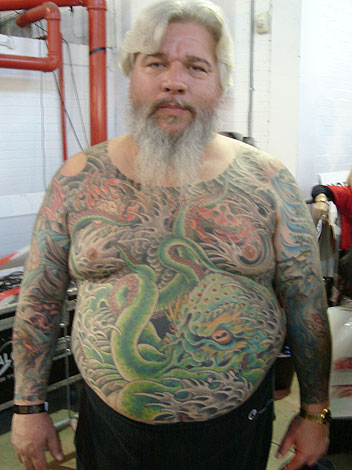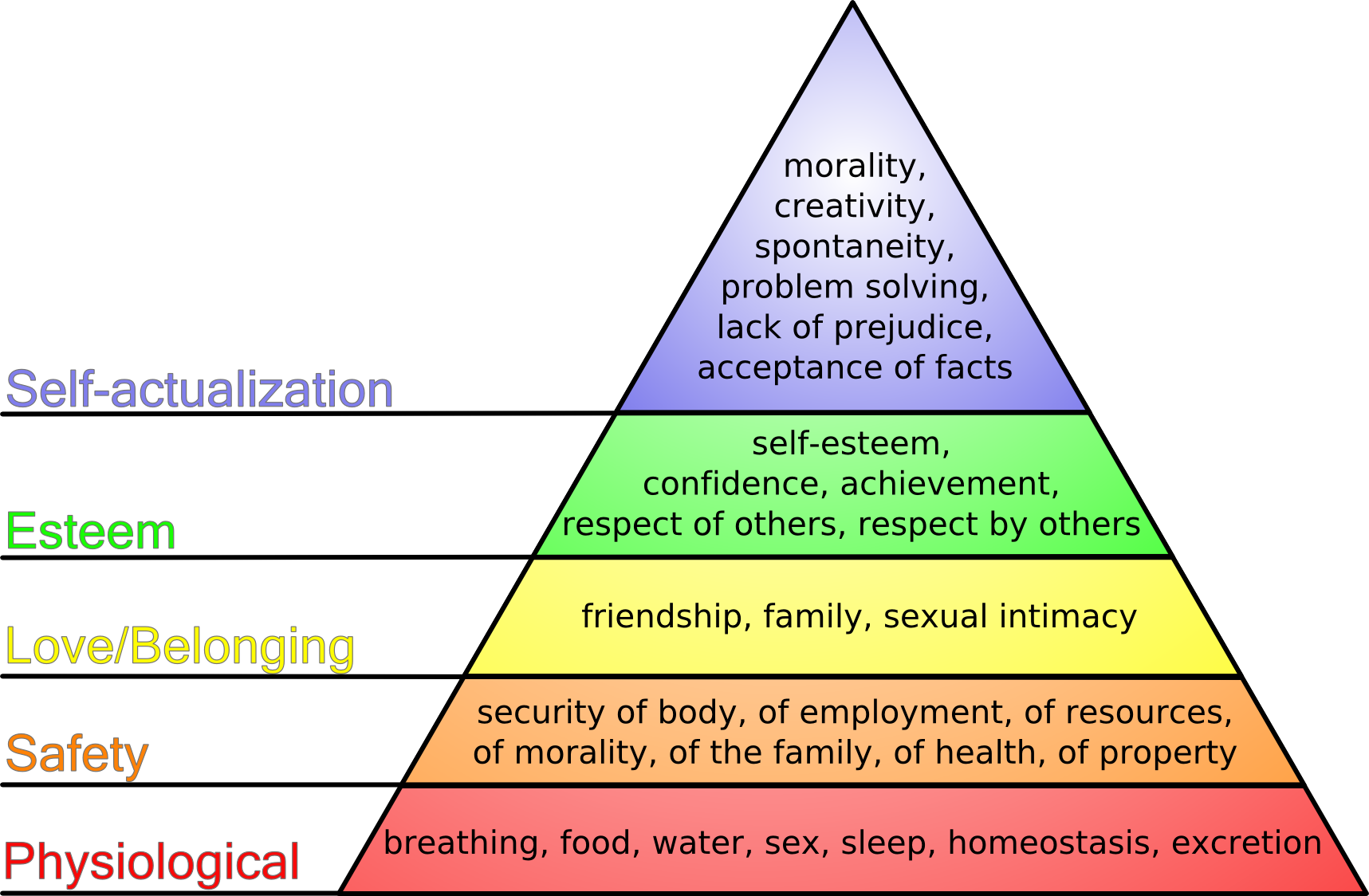In order to better understand Loos’s viewpoint, I looked into his career and personal life. Wikipedia (I know, I know…) offers that Loos’s father died when he was young and that after contracting syphilis in a brothel when he was 21 years old, his mother disowned him. Later in his life, he suffered from cancer, deafness, sterility and “several unhappy marriages.” Additionally, his several failed attempts in architecture school led him work for modernist architect, Louis Sullivan, in the United States for a short period of time, during which Loos was heavily influenced by Sullivan’s ideology “form follows function.” What I induce from these few factoids is that Loos probably was sexist towards women and was hard-pressed to find anything of value in effeminate or expressive creative output. Both Loos and modernism in general reacted against the Art Nouveau and the Arts and Crafts Movement of the late 19th and early 20th centuries, which were characterized by heavy detailing and ornamentation that perhaps seemed, to modernists, too closely associated with the feminine.
Victor Horta staircase, 1893-97 • Art Nouveau
William Morris Golden Lily • Arts and Crafts Movement
Loos argues that he’d made a discovery that the world should be thanking him for: “the evolution of culture is synonymous with the removal of ornament from utilitarian objects.” Socrates suggests in Plato’s Republic that a city is first established to meet the basic human needs of food, shelter, clothing and healthcare, and only as the city becomes more sophisticated and transforms from a system of necessity to a system of luxury, do artists and artisans become integrated into culture. This same evolution of culture is supported in Maslow’s Hierarchy of Needs.
Though written 35 years after Loos’s Ornament and Crime, Maslow’s theory suggests that creative output comes after the fulfillment of the basic needs of health and safety, and that art is not a regression of a culture or simply an act of ridding oneself of surplus energy, but rather a sign of progress and security. Loos suggests that “ornament is wasted labor power” and drains the state of capital and exhausts its workforce. He argues that superfluous decoration and embellishment rape artisans and craftsman of profit since no average consumer could afford the true cost of labor and materials invested in ornamented work. Further, Loos offers that adding ornamentation to any object accelerates it to obsolescence and propels the market of material goods spiraling out of control. This point is one that I can begin to sympathize with. According to Loos, ornamentalists prefer consumers who buy according to trends and changing styles rather than purchasing goods in relation to their needs. In the 2007 animated documentary The Story of Stuff about the systems of production that support contemporary capitalism, activist Annie Leonard discusses what she calls perceived obsolescence.
Perceived Obsolescence, according to Leonard, is how manufacturers simply change the look of products in order to convince consumers that their “stuff” is outdated or out of style. This sort of system perpetuates the continual manufacturing of goods, whereas Loos is suggesting that if an object’s quality of function is greater than its aesthetic qualities, our objects would last longer and stylishness wouldn’t even be an issue.
Loos’s comes off as pretentious throughout most of Ornament and Crime, but I realized that while we cringe at his overly patronizing account of single-handedly bringing his shoemaker to new heights of bliss, our own consumer activities are evidence that we may subscribe to Loos’s concept of the ideal object as being smooth and uncomplicated more than we may like to admit.






No comments:
Post a Comment